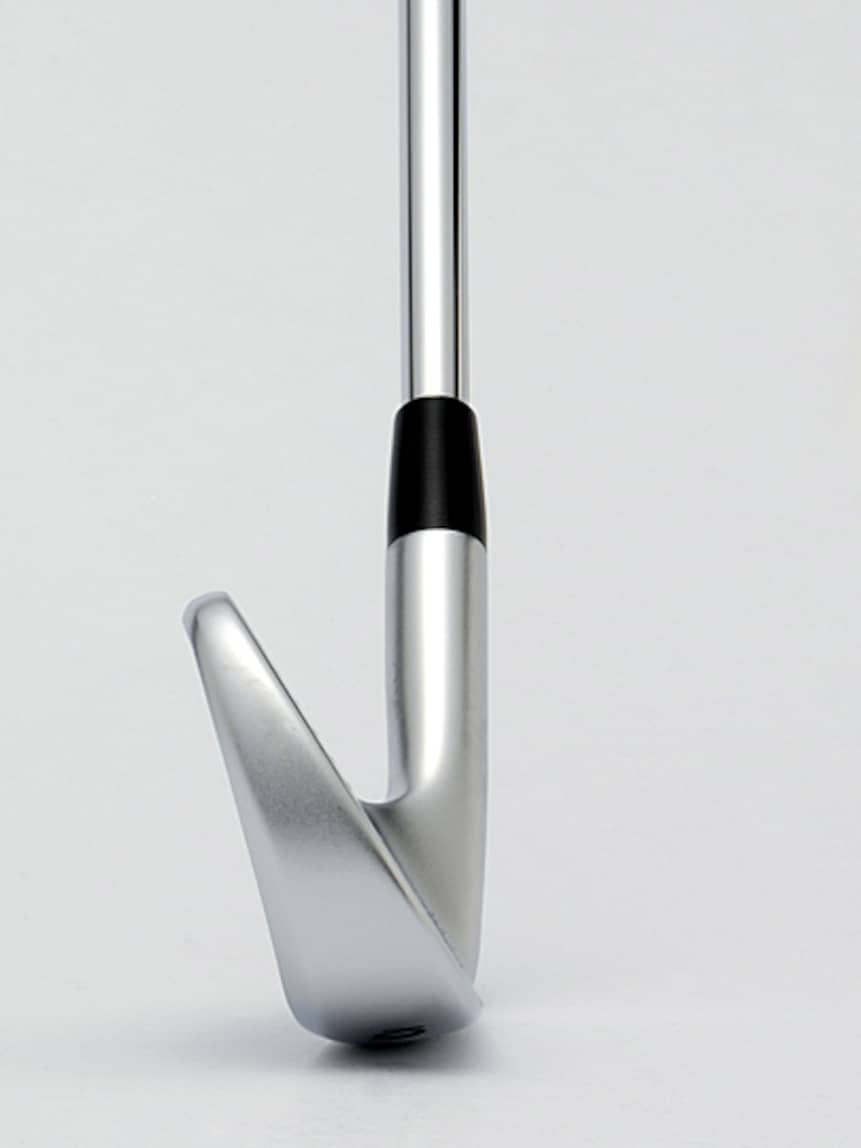How To Practice Golf for Beginners
Everything you need to know about taking up golf from the editors of Golf DigestWe get it. Golf can seem terribly complicated to the uninitiated. So many rules, so many different kinds of clubs. And then there's the lingo: birdies, bogeys, bump-and-runs. At Pro Golf Study Digest, this may be the language we speak every day, but we also know it's a language that can scare prospective golfers off before they ever pick up a club.That'sre this online beginner's guide comes in.
To those who know nothing about golf, our goal is to shepherd you through this uncertainty. What kind of clubs do you need? How do you practice? When do you know that you're ready for the golf course? The way we see it, the only dumb questions about getting started in golf are the ones you're afraid to ask, or worse, the ones for which you can't find an answer. The whole point of this guide is to make sure that last part is no longer a problem.
WHAT YOU NEED TO KNOW ABOUT CLUBS
You only need a few clubs: You're allowed to carry as many as 14 clubs in your bag, but you won't need nearly that many when you're first learning. Instead, start with a driver, a putter, a sand wedge (it's the club that has an "S" on the sole or a loft of 54 to 56 degrees) and supplement those with a 6-iron, an 8-iron, a pitching wedge, and a fairway wood or hybrid with 18-21 degrees of loft.


Comments
Post a Comment